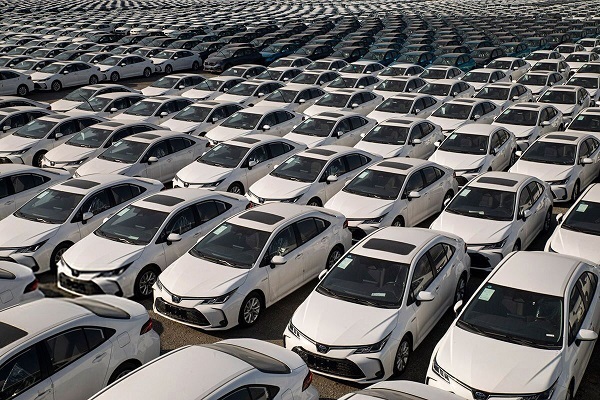Tiered Tariffs: The End of Luxury Dominance in Iran’s Auto Market
 Khodrocar - After eight months of delay, Iran has finally announced its long-awaited tiered car import tariffs — a decision that, instead of signaling transparency and fair competition, appears to reinforce the government’s cautious and ambiguous approach toward the automotive market.
Khodrocar - After eight months of delay, Iran has finally announced its long-awaited tiered car import tariffs — a decision that, instead of signaling transparency and fair competition, appears to reinforce the government’s cautious and ambiguous approach toward the automotive market.
Consumers had been hoping for lower prices and greater model diversity, yet the newly announced tariffs have dampened those expectations, raising fresh doubts about how much this policy will actually stimulate imports or bring down prices by year’s end.
According to the official announcement, import tariffs for 2025 will follow a tiered structure based on engine displacement:
Up to 1,500cc: roughly 20%
1,500–2,000cc: about 40%
2,000–2,500cc: 155%
2,500–3,000cc: over 180%
Above 3,000cc: more than 190%
Meanwhile, electric and hybrid vehicles are expected to enjoy tariffs below 20%, in a move aimed at promoting cleaner and more advanced technologies.
While many experts have criticized the steep upper-tier rates, the lower tariffs for small-engine vehicles could encourage the import of affordable, economy-class cars, giving consumers access to more budget-friendly options. The lower duties for EVs and hybrids could also help diversify the market, accelerate technology transfer, and reduce emissions.
If implemented effectively — and assuming related costs such as currency rates, shipping, and customs fees remain stable — the final consumer prices of imported vehicles could drop, boosting competition and forcing local automakers to improve quality and pricing.
In recent months, Iran’s auto import landscape has been marked by regulatory uncertainty, frequent tariff changes, and disputes among government bodies, leaving importers hesitant and slowing down vehicle entries. Now, with tariffs as high as 155–190% for large-engine vehicles, import costs could soar, potentially limiting imports and pushing end-user prices higher.
Analysts suggest the policy effectively splits the market into two distinct segments:
Economy cars with lower tariffs
Luxury or high-displacement vehicles facing heavy import duties
If the goal is to increase import volumes, such high tariffs on premium cars could prove counterproductive. However, if the market opens up to more economical models and tariffs remain stable, price corrections and broader consumer choice may follow. But renewed tariff hikes or complex regulations could once again stifle imports and expose domestic manufacturers to renewed quality and cost challenges.
Ultimately, a well-calibrated tiered tariff system could offer a balanced path between unrestricted imports and full protectionism — provided the government ensures regulatory stability, transparent oversight, and efficient import procedures. Without these, the policy risks losing its intended benefits or even backfiring.
In essence, Iran’s new tiered auto tariff policy could become a powerful instrument for steering the market toward affordability, cleaner technologies, and selective domestic support — but only if executed with clarity, consistency, and accountability.


